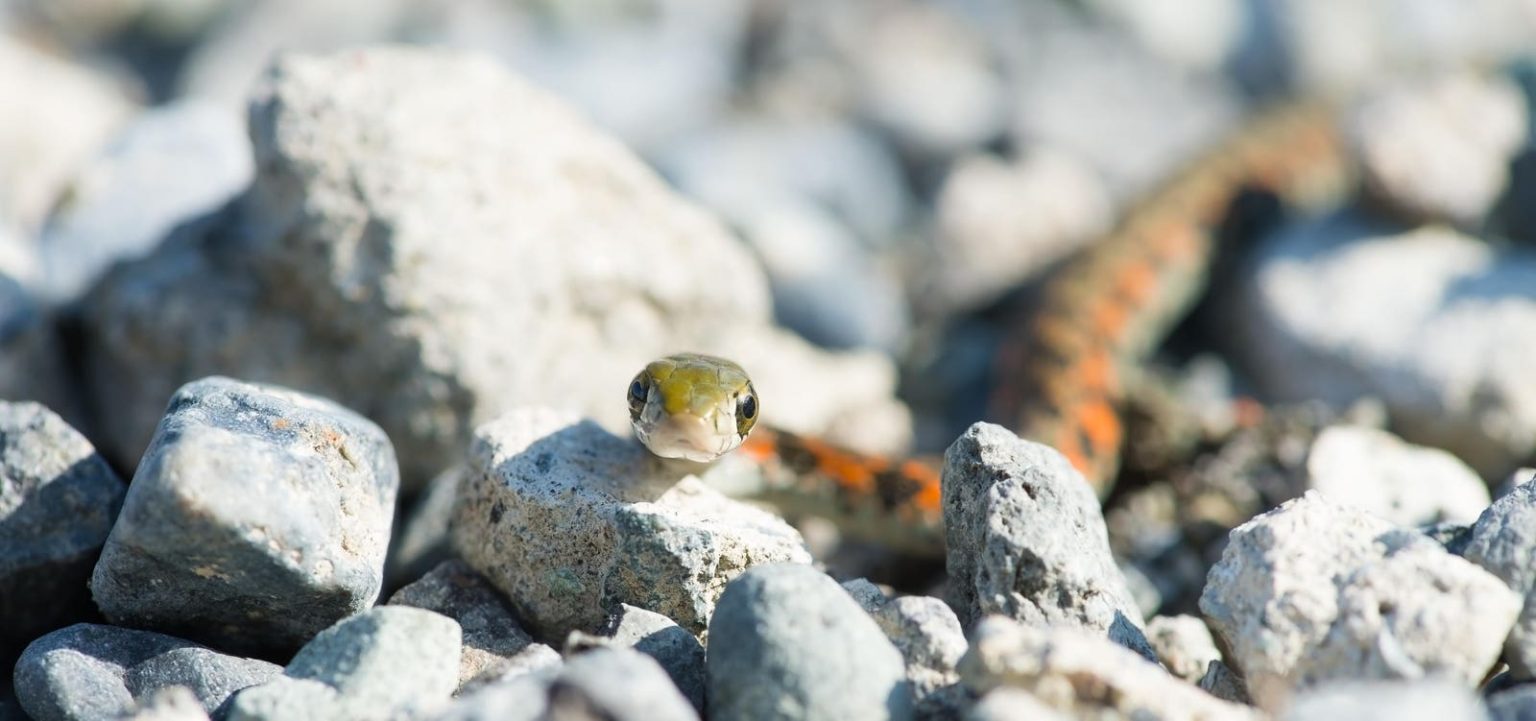The tiger keelback snake has amazed researchers with its unique combination of being both poisonous and venomous. Through a complex set of defense mechanisms, this snake has evolved to acquire poison by eating poisonous toads, storing their toxic compounds for its own use. Research has shown that the tiger keelback can secrete this poison through its neck glands, keeping predators at bay even when the snake is resting. Its poisonous defenses are particularly important in low temperatures when the snake remains still to conserve energy. Despite being a rear-fanged venomous snake, the tiger keelback poses a threat to humans, with a few recorded cases of bites resulting in fatalities.
While the tiger keelback is the most well-known example of a venomous and poisonous snake, there are a few others that exhibit similar traits. Other keelback snakes, such as the hubei keelback and Leonard’s keelback, have also been shown to be venomous and poisonous. Additionally, western garter snakes in the United States produce a mildly toxic venom, which they deliver through grooves on their rear-fangs to subdue prey. Some populations of western garter snakes that consume toxic newts can also sequester the newts’ poison in their liver for weeks. The combination of venom and poison in snakes is extremely rare, with only a handful of species worldwide possessing this dual defense mechanism.
Research published in the Journal of Toxicology highlights the risks associated with tiger keelback snake bites. Since 1917, there have been 29 recorded bites in Japan, with fatalities occurring rarely. Most snake bites were reported in males attempting to capture snakes in various settings during daylight hours. Envenomation from a tiger keelback snake can induce symptoms such as persistent bleeding from the bite site, bleeding gums, blood in the urine, body bruising, and disruptions in blood clotting. This serves as a reminder of the potential dangers posed by these unique snakes.
The distinction between poisonous and venomous animals is crucial in understanding the defense mechanisms of the tiger keelback snake. While poisonous creatures acquire toxic compounds either internally or from their surroundings for passive defense mechanisms, venomous creatures deliver venom through a bite to incapacitate prey or defend themselves. The tiger keelback’s ability to acquire poison through its diet of poisonous toads, secrete it through its neck glands, and deliver venom through its rear fangs makes it a fascinating subject for researchers studying evolutionary biology and animal defense mechanisms.
The complexities of the tiger keelback’s defense mechanisms have intrigued scientists for years, shedding light on the intricate relationship between prey and predators in the animal kingdom. The unique combination of being both poisonous and venomous sets the tiger keelback apart from other snake species and highlights the adaptability and survival instincts of these creatures. As researchers continue to study these fascinating snakes, new discoveries may uncover more species with similar dual defense mechanisms, offering insights into the diverse strategies employed by animals to thrive in their environments. The tiger keelback snake serves as a reminder of the wonders of nature and the ongoing exploration of the mysteries within the animal kingdom.


